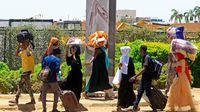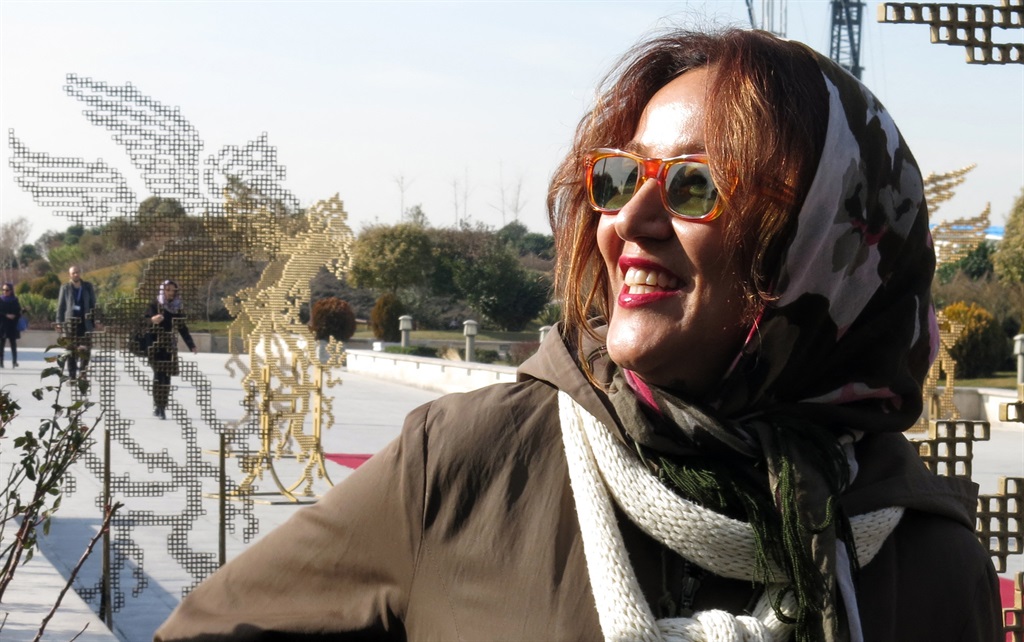SATURDAY APRIL 29 2023
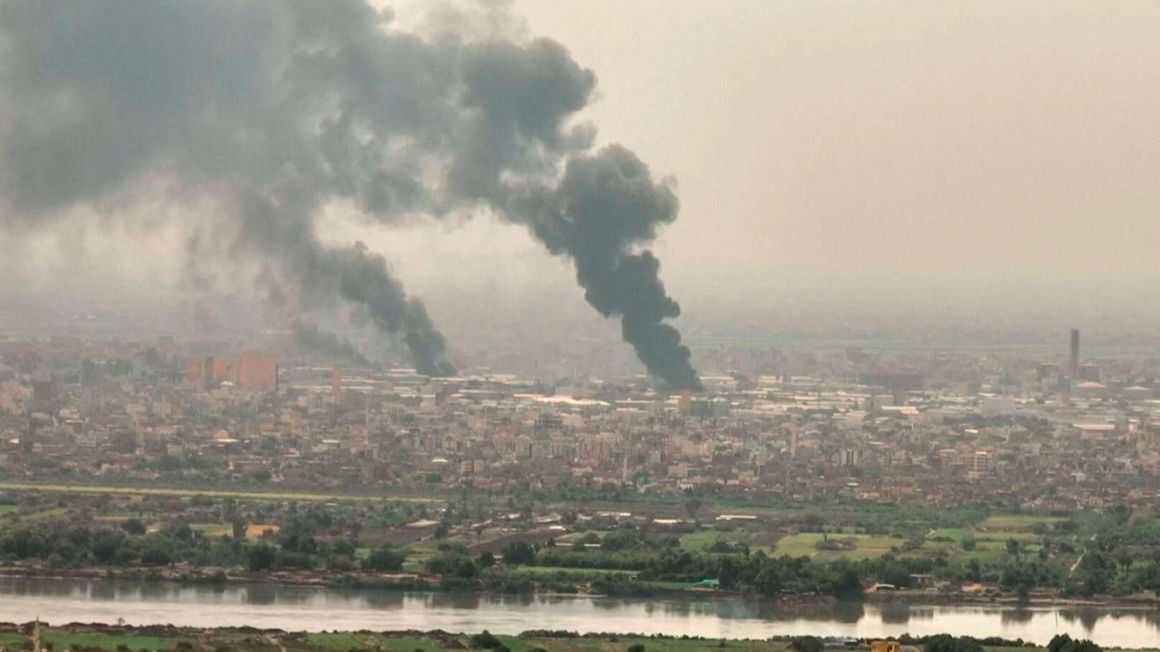
An aerial view of black smoke rising over Khartoum. Fighting rages in Sudan, despite rival forces agreeing to extend a truce aimed to stem nearly two weeks of warfare that has killed hundreds and caused widespread destruction. PHOTO | AFP
Summary
Burhan's air force was studying where the RSF was gathered, using coordinates provided by the army.
Sudan army chief insisted Hemedti would report to him, while Hemedti said only an elected parliament could decide the chain of command.
Since his overthrow, Bashir has been in prison with spells in hospital.
But neither of Sudan's two most powerful men showed up to the meeting, convened at presidential offices in Central Khartoum at 10 am on April 15, three of the Sudanese mediators said in detail revealed for the first time here.
Instead, fighting was breaking out across the country.
At about 8.30 am shooting started at the Soba military camp in the south of Khartoum, according to three eyewitnesses and an advisor within Daglo's paramilitary Rapid Support Forces (RSF).
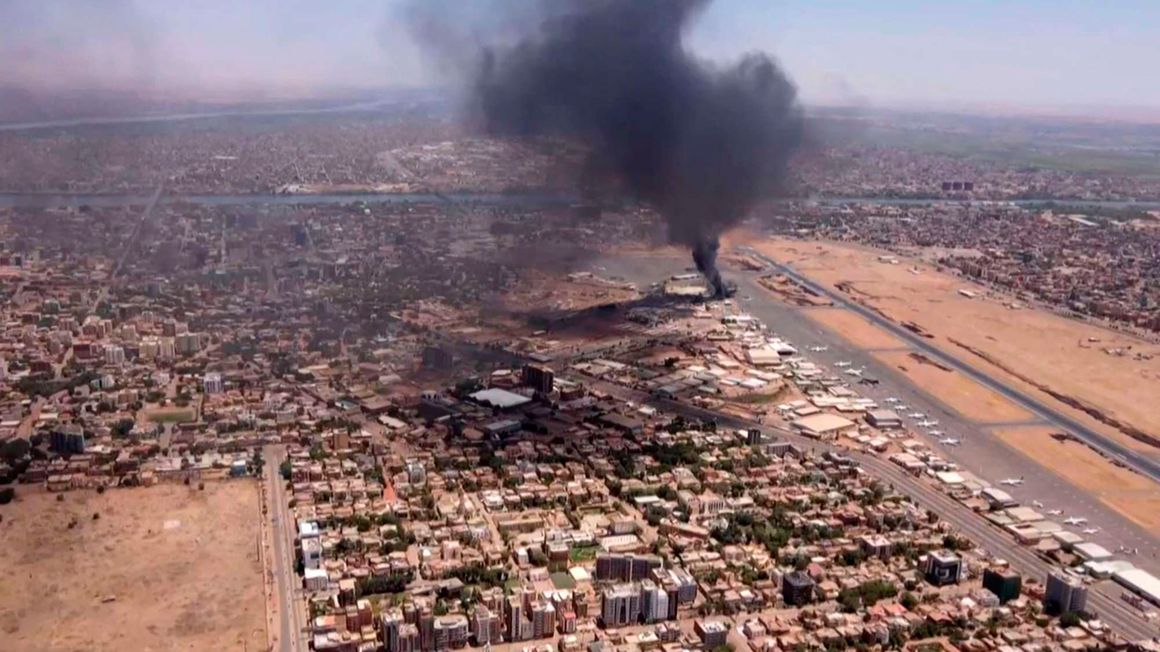
Black smoke rises above Khartoum International Airport in Sudan on April 20, 2023
Reuters could not establish who fired the first shot, but the violence escalated quickly across Africa's third-largest country, an illustration of just how far the two sides had gone in the preceding weeks to prepare for all-out war.
Related
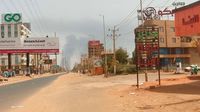
Key events reconstructed
Through interviews with nearly a dozen sources in the military, the RSF, officials and diplomats, Reuters has reconstructed several key events in the build-up to the violence which has so far killed at least 512 people, prompted tens of thousands to flee and deepened the country's already grave humanitarian crisis.
The armed forces did not respond to requests for comment for this story. The offices of Daglo and Burhan also did not respond to requests for interviews.
A week before the fighting on April 8, Burhan and Hemedti met for the last time at a farm on the outskirts of Khartoum, a diplomat briefed on the meeting and two of the mediators said.
At the encounter, Burhan asked for the withdrawal of RSF forces from al-Fasher, a city in Hemedti's stronghold of Darfur in Western Sudan, and a halt to flows of RSF troops into Khartoum which had been taking place for weeks.
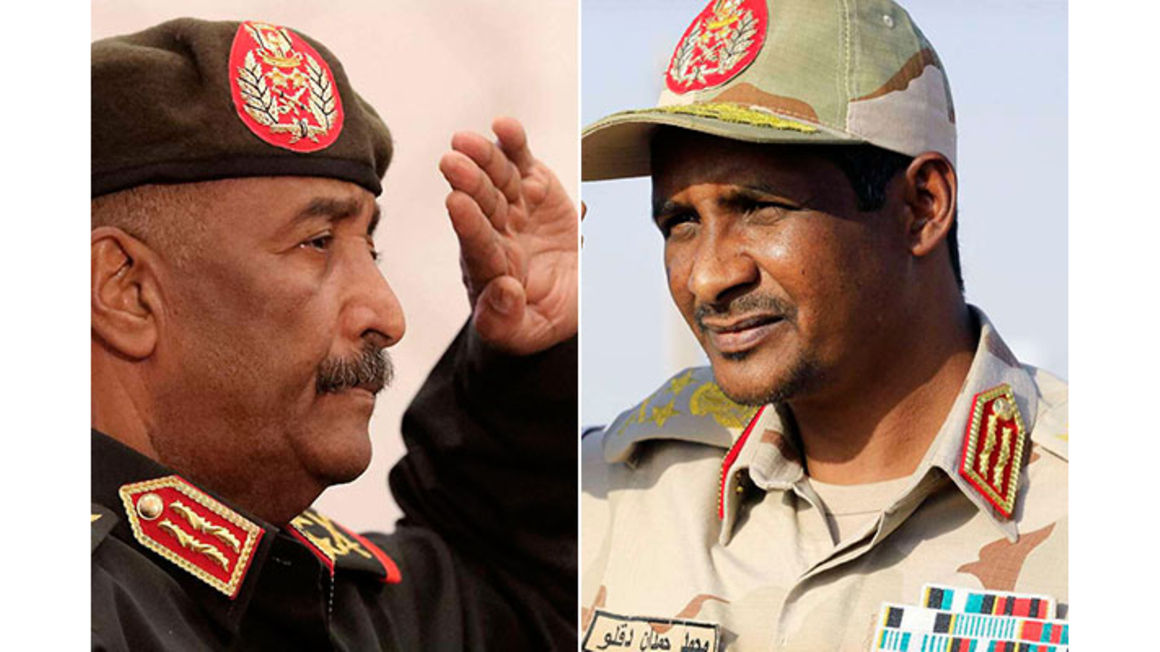
Sudan's army chief Abdel Fattah al-Burhan (L) and Rapid Support Forces commander Gen Mohamed Hamdan Daglo 'Hemedti'. PHOTO | ASHRAF SHAZLY | AFP
Hemedti in turn asked that forces from Burhan's close ally Egypt be withdrawn from an air base called Merowe, fearing they could be used against him.
“The men also spoke privately and appeared to agree to deescalate,” the two mediators said. But despite plans to talk again the next day, no more meetings took place.
Over the next week, behind the scenes, each was steadily preparing for the worst.
Burhan's air force was studying where the RSF was gathered, using coordinates provided by the army, two military sources told Reuters, describing plans that have not previously been reported.
“Meanwhile, the RSF had been recruiting more gunmen at Soba as well as other camps across Khartoum,” the military sources also said.
“The air force which has bombed positions in the capital since fighting erupted, studied the location of RSF camps for more than a week before the battles began. The army also established a small committee of senior generals to prepare for a possible conflict with the RSF,” the sources said.
The first volleys of the war woke RSF troops stationed at Soba on April 15, Moussa Khadam Mohamed, an advisor to Hemedti, told Reuters in a telephone interview.
“Looking beyond the walls of the camp, they saw the army had positioned cannons in the vicinity,” he said.
"We observed a force gathering at the base as well as around Hemedti's home in Khartoum,” he said.
Both the army and the RSF were quick to blame the other publicly for sparking the violence and attempting a power grab.
Reuters could not independently verify the events Mohamed described.
Temporary truce
A temporary truce this week was agreed under pressure from the US and Saudi Arabia, who along with the UN and the AU are concerned that Sudan could fragment, destabilising a volatile region.
The lull allowed thousands of Khartoum residents and foreign visitors to flee the capital. Although the truce was extended late on Thursday, air strikes and anti-aircraft fire again rocked the city.
Hemedti, previously a militia leader in Darfur, was an enforcer for former president Omar-al Bashir and became rich from the gold trade.
Him and Burhan were not always at odds.
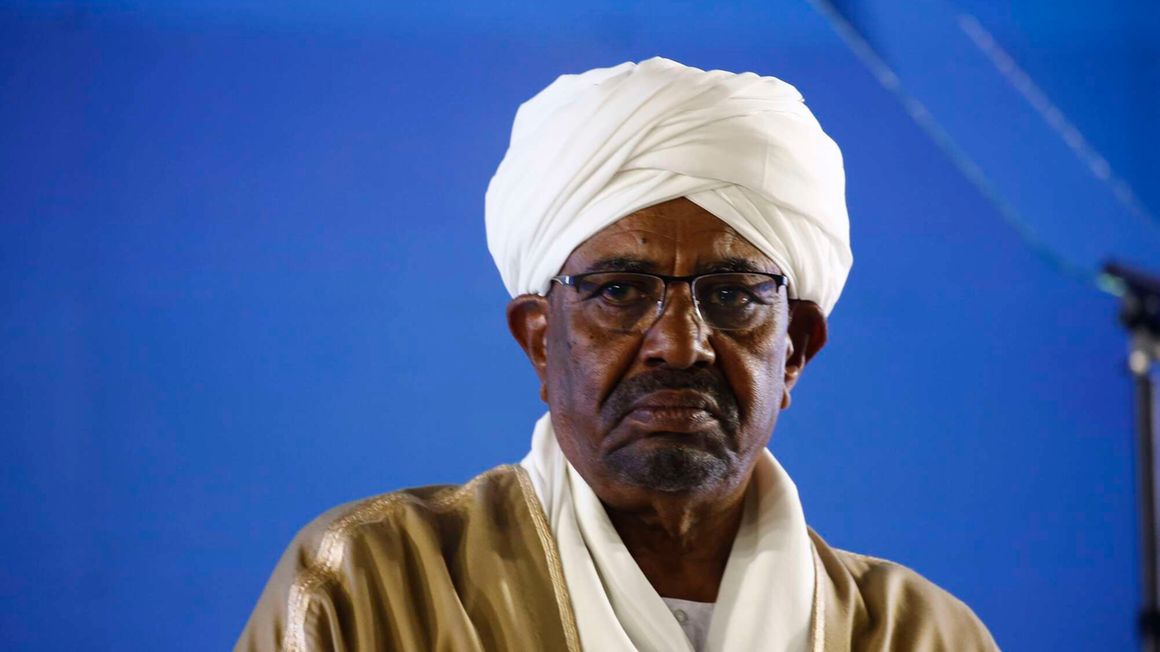
Sudan's former president Omar al-Bashir.
Both commanded men in Darfur where as many as 300,000 people were killed and 2.7 million displaced in a conflict that escalated in 2003 and rumbles on to this day despite several peace deals.
Assuming the top two positions on Sudan's ruling council after Bashir's 2019 overthrow during a protest movement, they mostly presented a united front in a power sharing arrangement with the Forces for Freedom and Change (FFC), a political coalition that arose from the uprising.
By that time, the RSF had grown into a force estimated at 100,000 and formalised under legislation passed by Sudan’s parliament.
In October 2021, the two men staged a coup.
Takeover was a mistake
However, Hemedti quickly came to see that takeover as a mistake that had enabled Bashir loyalists to regain some influence, he has said in speeches and televised interviews. The coup led to weekly mass street protests and cut short a tentative opening of Sudan's stagnant economy.
As Hemedti bet on an internationally backed framework agreement for a civilian government, apparently eyeing a future political role for himself, ties grew strained over the chain of command in the new transition and plans to integrate the RSF into the regular army.
“In the build-up to the fighting, Hemedti insisted the integration of the RSF should be stretched over 10 years, in line with details of the framework transition plan signed in December,” several Sudanese and diplomatic sources familiar with the talks said.
However, the army was pushing for a shorter time frame with Burhan's hard-line deputy within the army General Shams El Din Kabbashi, pushing for just two years.
Reuters could not reach Kabbashi for comment.
A senior diplomat involved in mediation efforts in the final weeks before the fighting said there seemed to be space for agreement between Burhan and Hemedti, though the RSF leader showed exasperation.
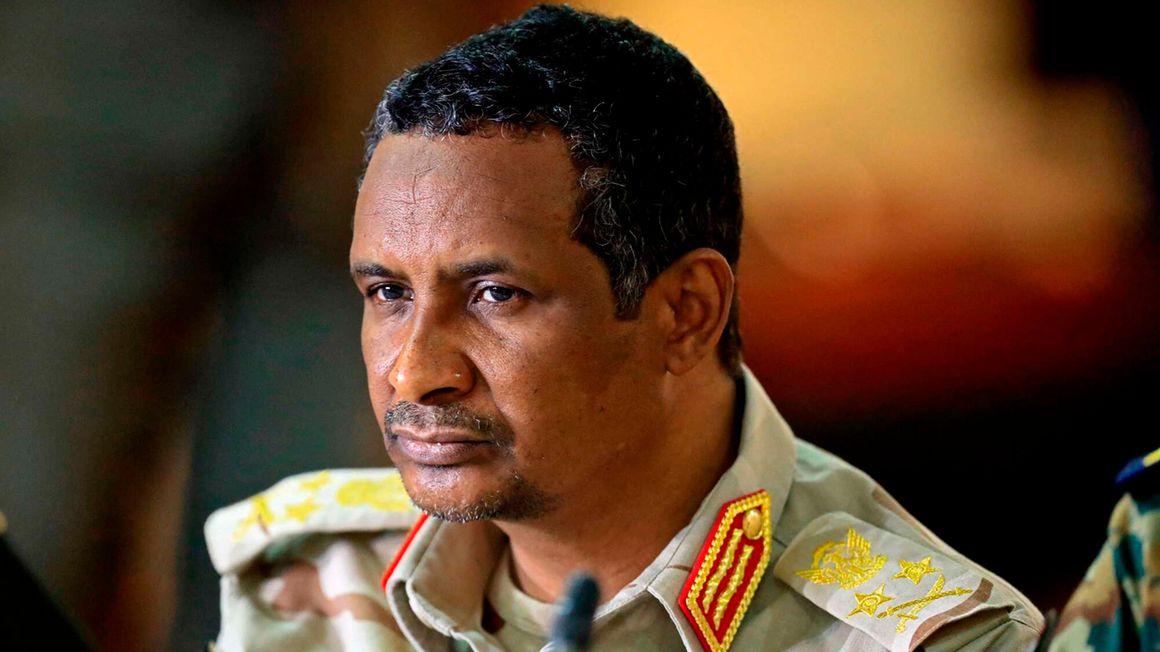
Sudan's paramilitary Rapid Support Forces commander General Mohamed Hamdan Dagalo 'Hemedti. PHOTO | AFP
"There was a lot of rage, frustration, the narrative of 'I'm the only one protecting the democratic transition,"the diplomat said.
The army chief was insisting that Hemedti would report to him, while Hemedti was saying that only an elected parliament could decide the chain of command. Neither wanted to back down first, the senior diplomat said.
The RSF's Mohamed, echoing comments made publicly by Hemedti and the civilian FFC, both say there was a third group at play, souring relations between the army and the paramilitary force.
"There's a bloc inside the army that rejects democracy," Mohamed said, adding that RSF intelligence had monitored meetings of Bashir allies opposed to the transition.
December framework agreement opposed
Mohamed and the FFC say this bloc are made up of supporters, including Islamists, of Bashir, who ruled Sudan for decades. Pro-Bashir forces started making a comeback after the 2021 coup. They have publicly opposed the December framework agreement for elections and civilian rule.
"The agreement threatened the space that the elements of the defunct regime found after the October 25 2021 coup, so they fuelled the conflict between the armed forces and the Rapid Support Forces and are now working to continue it after the outbreak of the war," Khalid Omer Yousif, a senior FFC member and former cabinet minister, told Reuters.
FFC members have accused the pro-Bashir group of spreading rumours and exerting internal pressure within the army.
Representatives of Bashir's National Congress Party did not respond to calls requesting comment for this story.
Since his overthrow, Bashir has been in prison, with spells in hospital. He was convicted on corruption charges and is now being tried over the 1989 coup that brought him to power.
Inmates released
“Before the outbreak of violence, Bashir was transferred from the sprawling Kober prison to a military hospital along with five senior loyalists, including one who is charged with war crimes by the International Criminal Court like Bashir,” the army said on Wednesday.
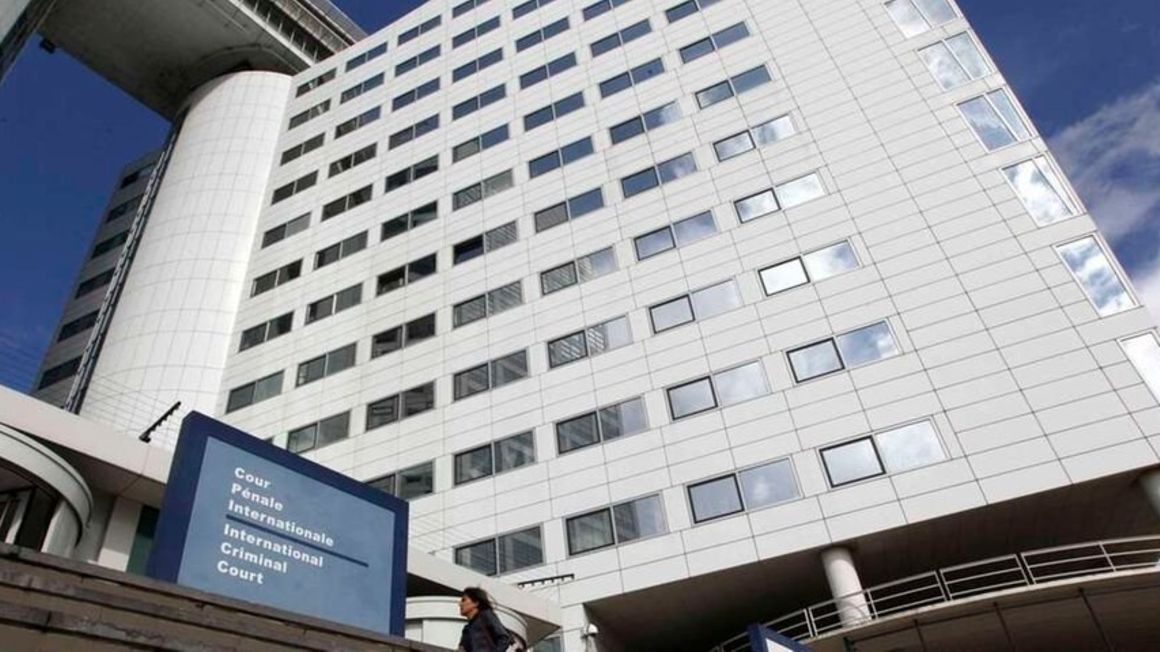
The International Criminal Court (ICC) headquarters at The Hague in Netherlands. PHOTO | AFP
Days before the fighting broke out, Bashir sympathisers attacked pro-democracy groups near the prison. Last weekend, thousands of inmates were released in unclear circumstances.
Among them was a former minister in Bashir's government who is also wanted on war crimes charges by the ICC, and other top members of his movement.
Mohamed Tahir Ayla, Sudan’s former prime minister at the time Bashir fell and once touted as a potential future president, recently started making public appearances after keeping a low profile for several years.
At a gathering of supporters a few days before the fighting started, he brought an inflammatory message, promising ‘martyr after martyr’ to defend Sudan's land and religion.
Reuters could neither reach Ayla or Bashir nor establish whether they have had any role in the collapse of the transition plan and the conflict.
"There is no place for the framework agreement. We are more prepared now than before to take up arms and take what is ours by our own hands"," Ayla said in a video of s gathering viewed by Reuters.
